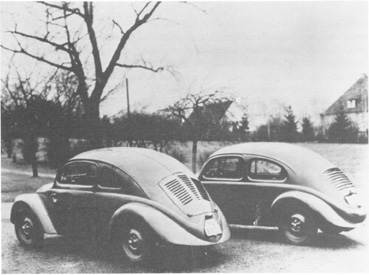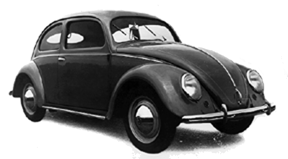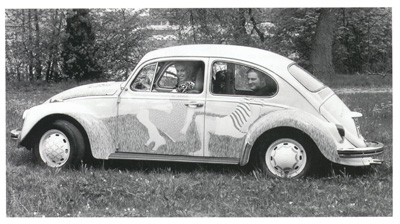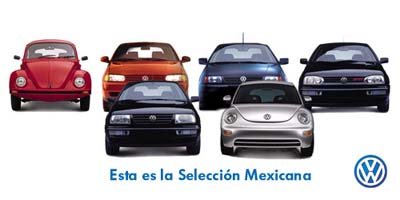The Beetle
Audrey Kinlok|
Introduced in Germany in 1936, the Volkswagen Beetle, originally just called the
Volkswagen, is
one of the most durable and remarkable cars in history.
In 1934, Ferdinand Porsche, then a Daimler-Benz designer in Stuggart, began to develop a small, inexpensive "Volkswagen" (or "people's car"). Small-volume production began two years later.
 Ferdinand Porsche's 1937 and 1936 Volkswagen prototypes

The Volkswagen was introduced to the United States in 1949. The press immediately criticized the car as being "too small and too ugly" and predicted that it would be a complete flop. Counter to all expectations, the Beetle was a run-away hit. It convinced Americans to consider purchasing imported automobiles, a previously inconceivable option, and by 1973 it had become the most popular car ever produced, outselling even Henry Ford's Model T.

1977 was the last year that the Beetle sedan was available in the United States; 1979 the final year for the convertible.

|


